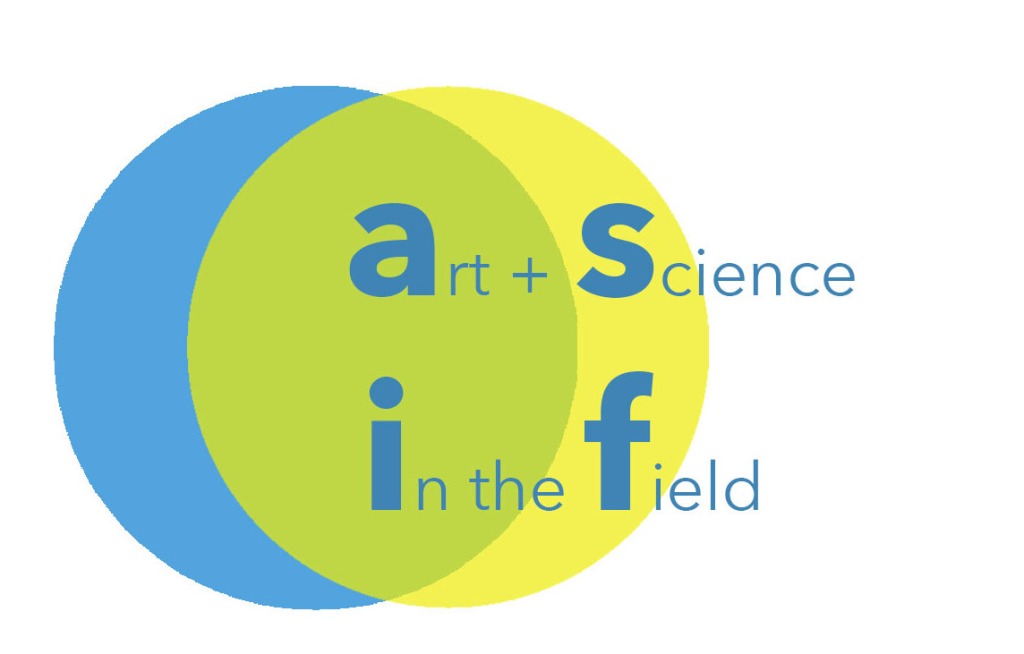
I teach art-science workshops, host art-science retreats at asIF studio, and I catalyze art-science collaborations and other projects. My own artworks are explorations of emergent phenomena, with a reverence for deep time. They are artifacts of my attention — to individual organisms, their idiosyncratic structures, and their interactions with the environment.

I love your ‘Told You So’ triptych. Fabulous.
-Malcolm
Thanks! (Sorry I didn’t see your comment until now.)